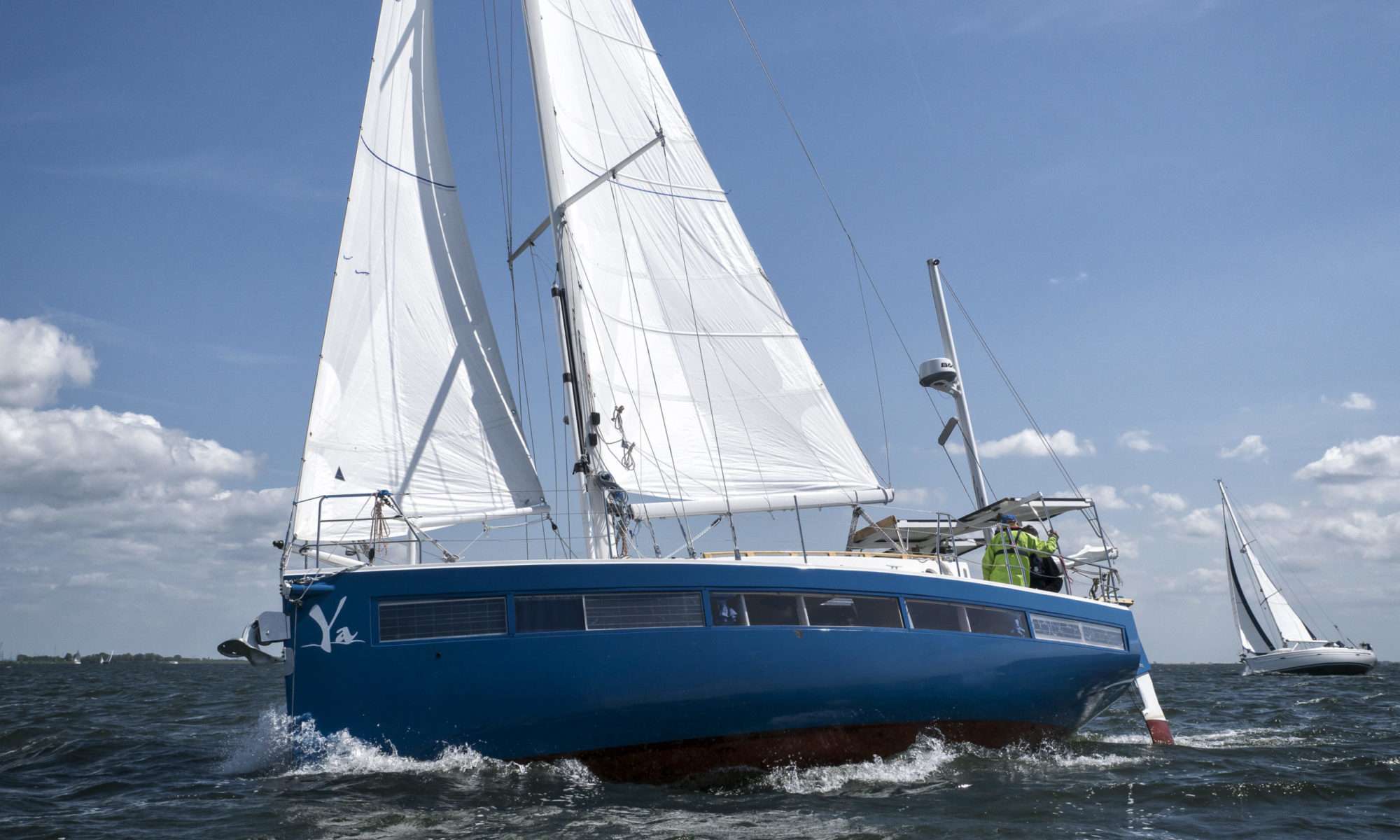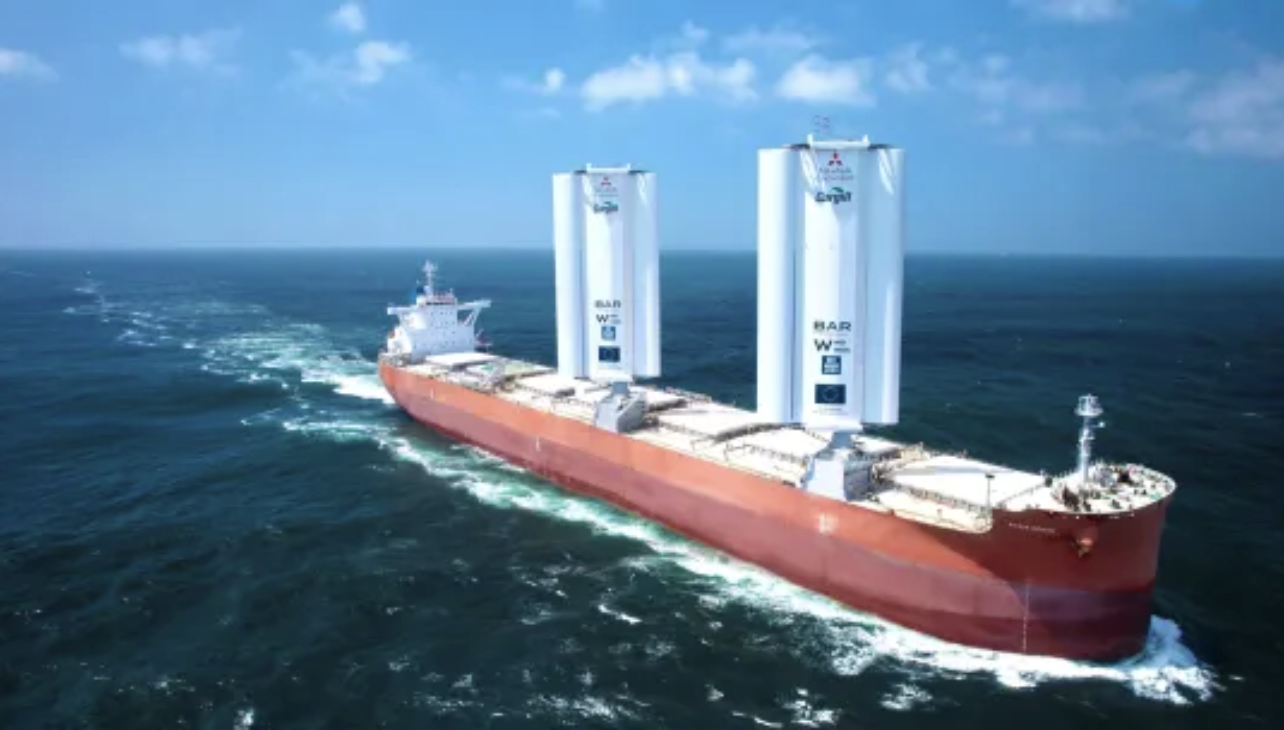Since our overview article in 2021, there have been many developments in merchant cargo sailing.
Some numbers:
Very specific, 20.2grams of CO2 is emitted per kilometer per ton transported goods on a carbo ship between 1150 and 3500 TEU(source: ADEME). In general, the transport of a complete product takes 4-5% of the CO2 emissions of that product.
Problem with the ocean going ships is that they use pretty bad oil, and emit a lot of other pollutants, sucha as NOx (Nitrogen Oxides), SOx (Sulfur Oxides) and many other, including heavy metals.
So there is a lot to save.
Here an updated overview.
Tres Hombres is number one
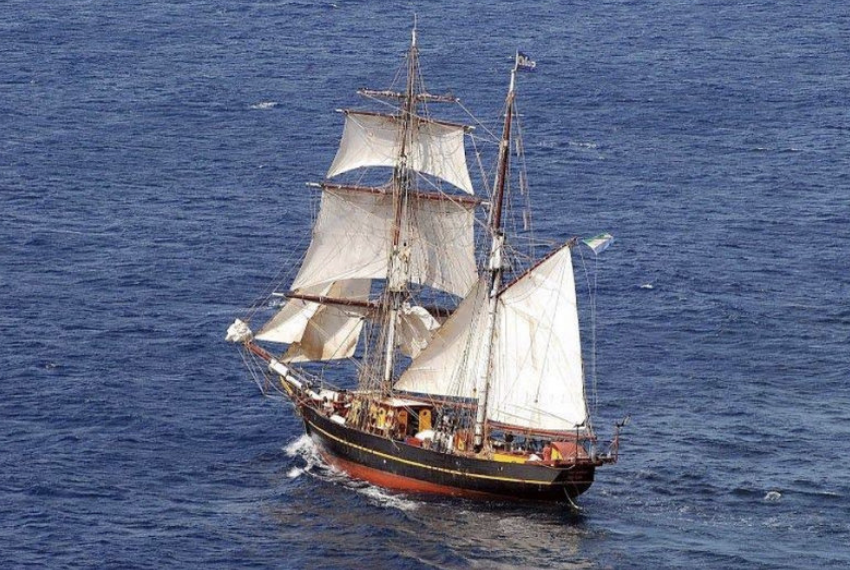
The Dutch schoonerbrig Tres Hombres sails from 2008 and is the first fossil free sailing merchant ship. Next to cargo there are trainees on board.
The shipping company is Fair Transport and in the meanwhile the Tres Hombres has family: The schooner Nordlys, and since last year, the steel Tukker.
TOWT sails the Atlantic up and down
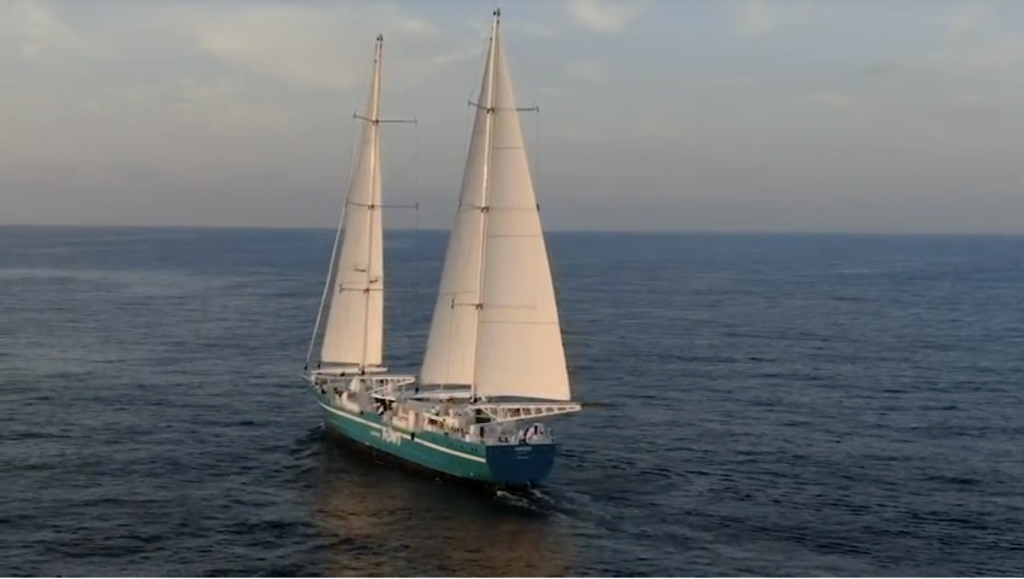
It is getting bigger. The French company TOWT sails the Atlantic ocean with cargo and, since short, with guests. If you book, you get a simple cabin, great food, you can watch the fauna at sea, chat with the crew. Or, when you don’t have the time for that, you can work as much as you want, since there is full satellite contact to the internet.
(
The Pixis Ocean, the first scale up
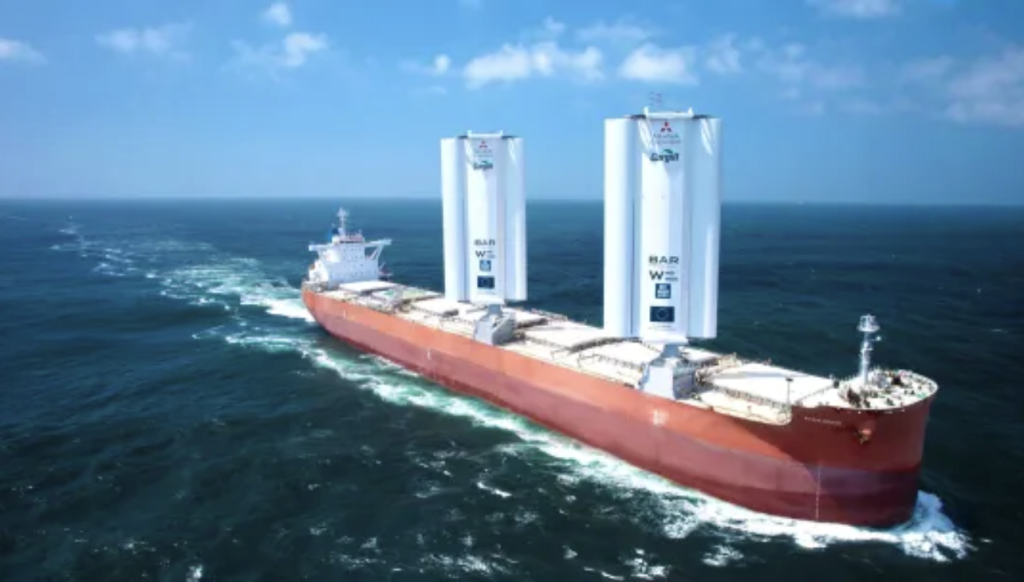
Pyxis Ocean sails from 2023. It is rigged with two WindWings, large steel sails designed by UK company BAR Technologies. The emission reduction is up to 30%.
Seawing, the sail for all ships to cut emissions
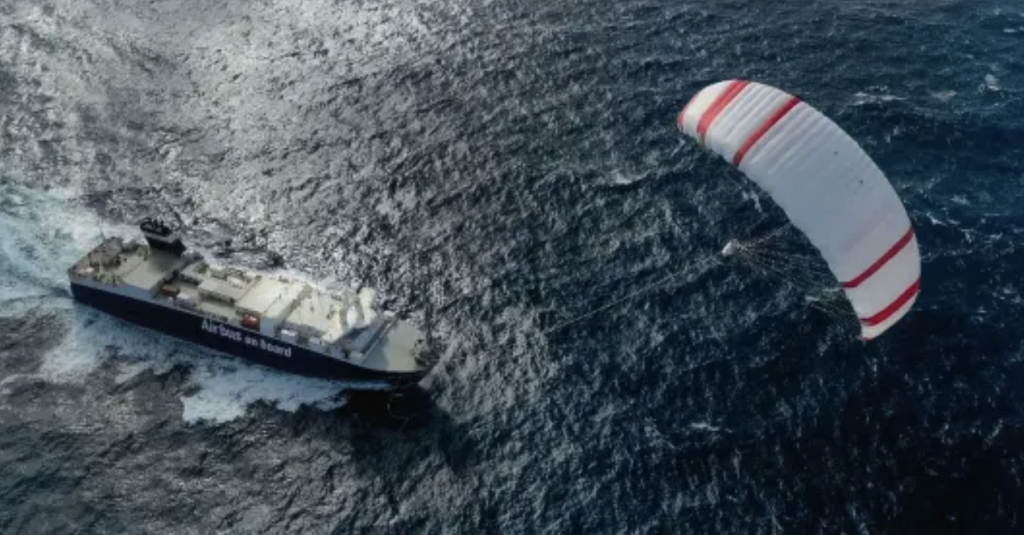
This sail is called the Seawing, is just assisting to the propulsion on any downwind course. Meteorologists always route the ships to downwind ways, so it can save up to 20% on a regular trading course, in the tradewinds.
Rotors can be fitted on any cargo ship
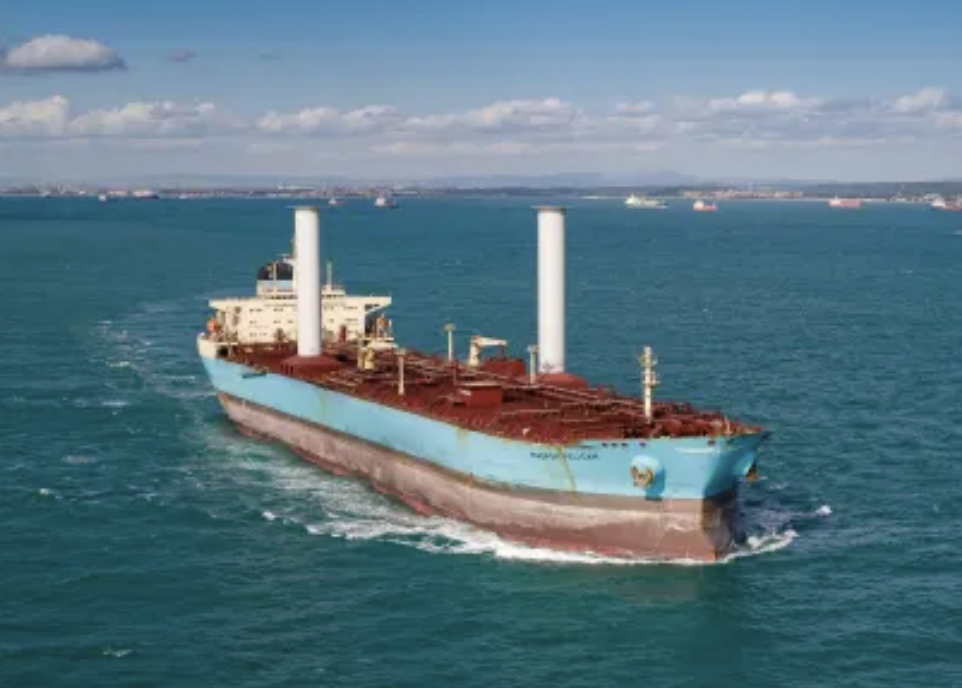
Rotors are vertical cylinders that spin with the wind and create a forward motion. In 2018 two rotors are fitted on the 240 meter long tanker MS Timberwolf . The emission reduction is about 10%.
Fossil free cruising in the near future
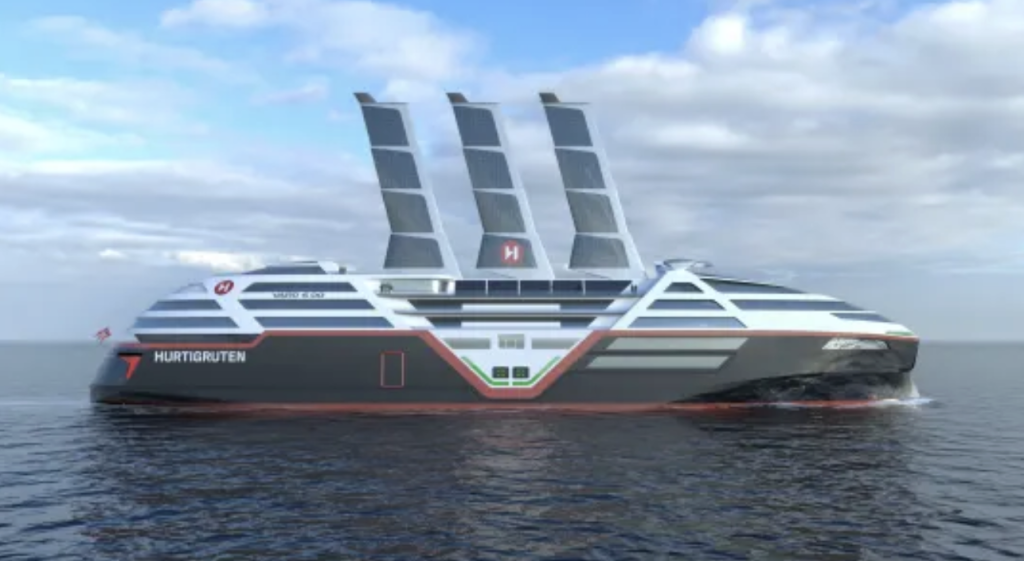
Cruise company Hurtigruten Norway unveiled a design for a zero-emission cruising ship that relies on wind and solar power. She will be able to cruise along the fjords and further for many days. The vessel, shown here in a rendering, will be electric and equipped with batteries that will be charged with renewable energy when in port. They will also be powered by retractable sails covered in solar panels.
Inflated sails
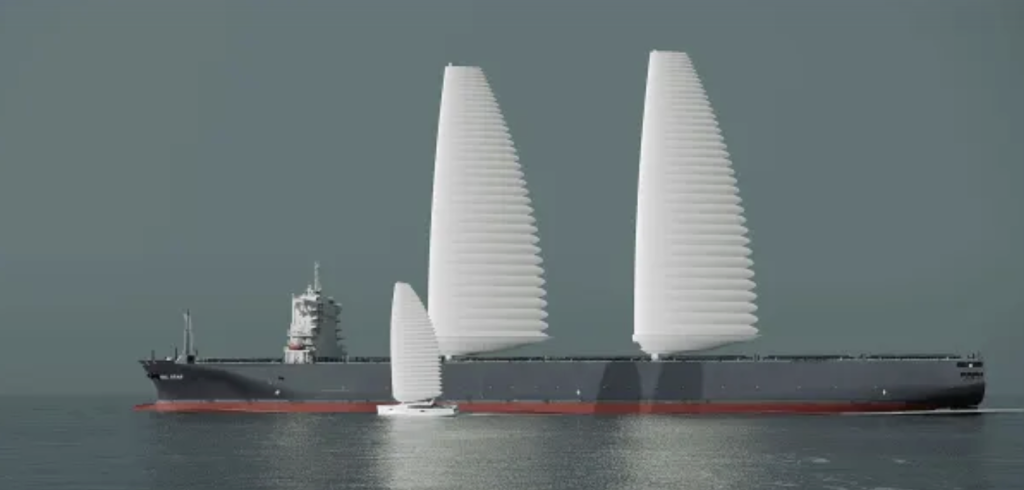
Michelin is developing sails that you can inflate on cargo ships with following winds. It is called Wisamo wingsails.
The largest wind powered vessel
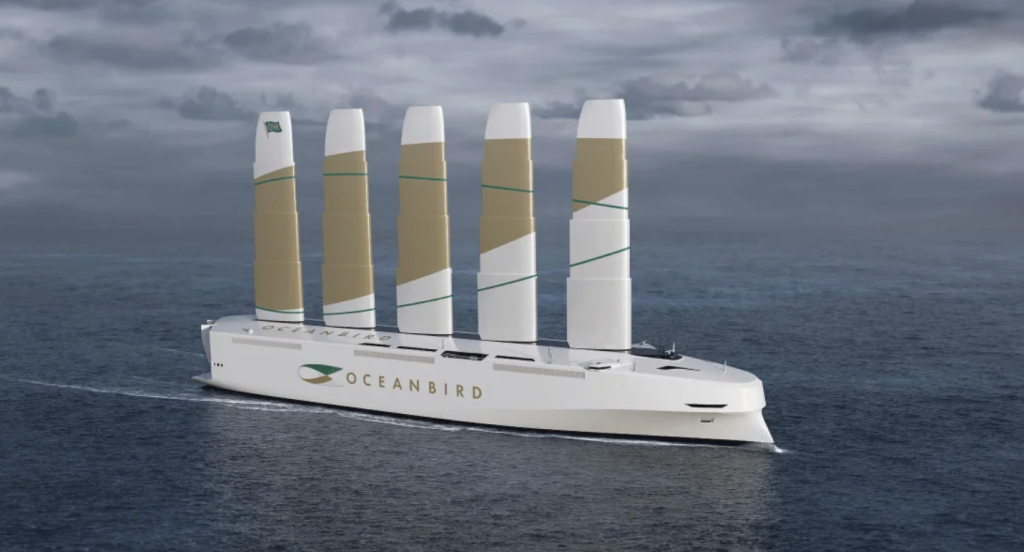
The Ocean bird will become the largest vessel driven by sails. Well, sails, they are rigid, just like airplane wings.
Overall: a first adaption
Checking the last years, we see that more developments are implemented now. The progress is perhaps slow in this early first adaption, but there is progress.
